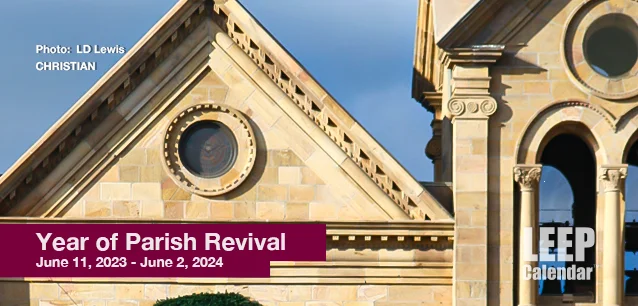 AD
AD
Today is: November 05
Scroll to explore events active on this date.
Additional Events on LEEP
LEEP INK FEATURES

August is Appropos
A toddler playing in the fountain at a park in Santa Fe, New Mexico—Photo LD Lewis. In August, we live through the Dog Days of Summer. It's hot and often humid, and those ...

September is Sassy
Can you hear that sigh of relief from parents worldwide? Yes! September marks the return of students to school, a global phenomenon. Preparations for the ACT and SATs begin earnestly for ...

OOH LA LA, October
October is the busiest month for events, with 5% more happening than in May, the second most eventful month. Sailing enthusiasts will be glued to the finals of this year's Am...
About Saint George's Day
Religion , United Kingdom & Ireland
Ends: Apr 23, 2024
DESCRIPTION:
Saint George, "the Dragonslayer," or George of Lydda, is the patron saint of England. He was born into a wealthy Christian family in Turkey around 280 AD and lived until he was executed at age twenty-three.
In 303 AD, the Roman Empire grew increasingly concerned with the proliferation of Christianity and ordered all Christian soldiers expelled. The Emporer then required all remaining Roman soldiers to perform sacrifices to the pagan gods. Saint George, a soldier by this time, refused to relinquish his faith or participate in pagan rituals. George was martyred in Lyyda, Palestine (Lod, Israel since 1948) via beheading on April 23, 303.
Within the next forty years, the entirety of the Roman Empire would convert to Christianity following the conversion of Emperor Constantine just nine years later, in 312 AD.
The legend of Saint George would grow with the Eastern Orthodox churches. There it is said he saved the king of Libya's daughter from being sacrificed to a dragon in exchange for the population converting from paganism to Christianity. As a reward, the king built a church on the location where Saint George is said to have killed the dragon. He's a saint due to his martyrdom, not for killing a mythical beast.
VIDEOS
Currently, this event does not have supporting videos.
SUPPORTING DOCUMENTS
Currently, this event does not have supporting documents.
ADDITIONAL IMAGES
Currently, this event does not have supporting images.
Where would you like to go now?
 AD
AD


































































/footer-logo.svg)
